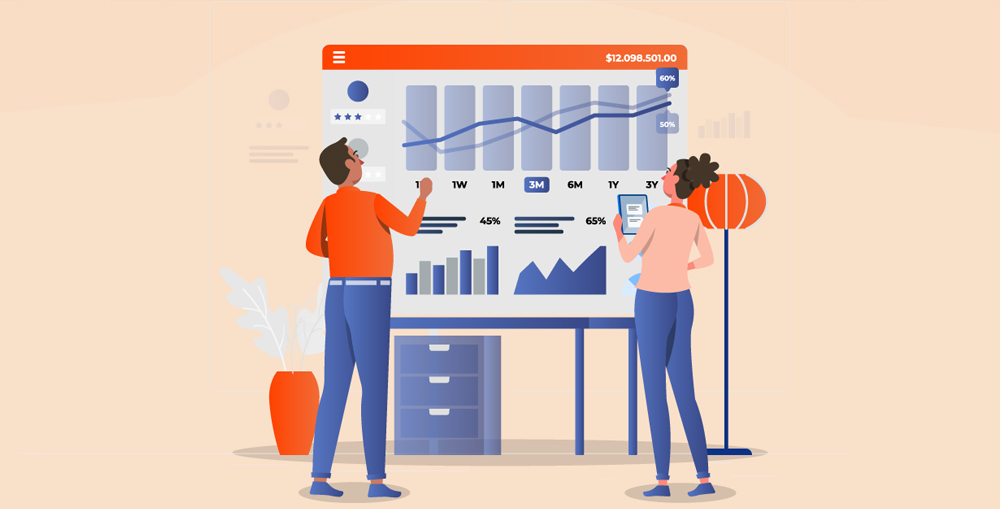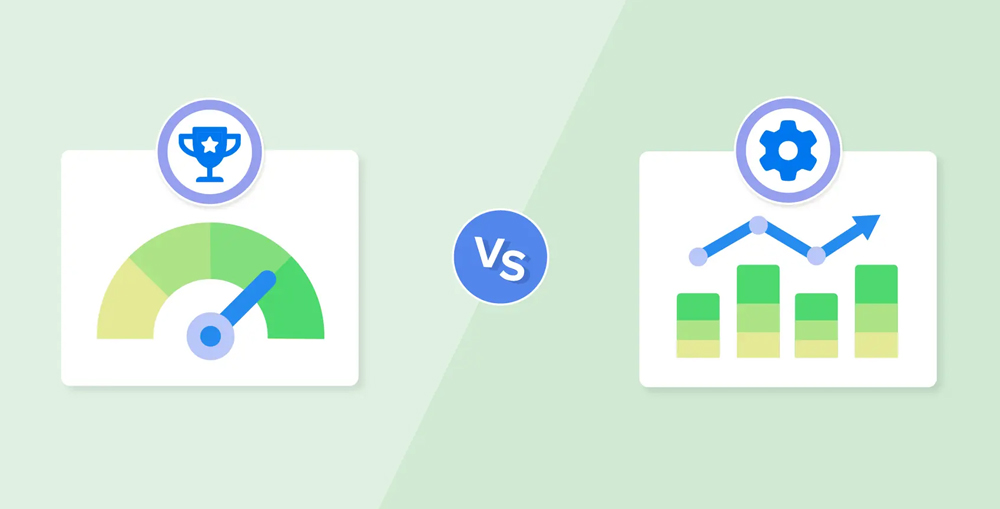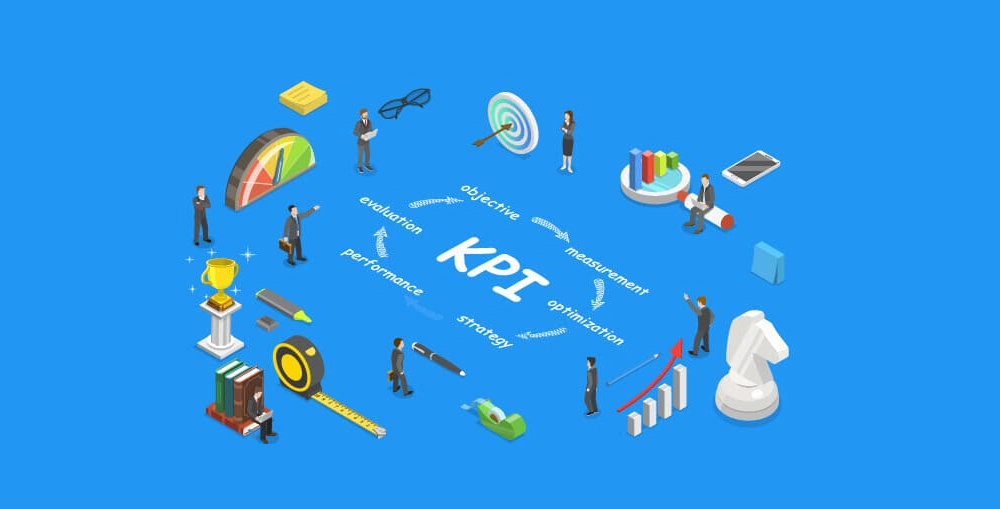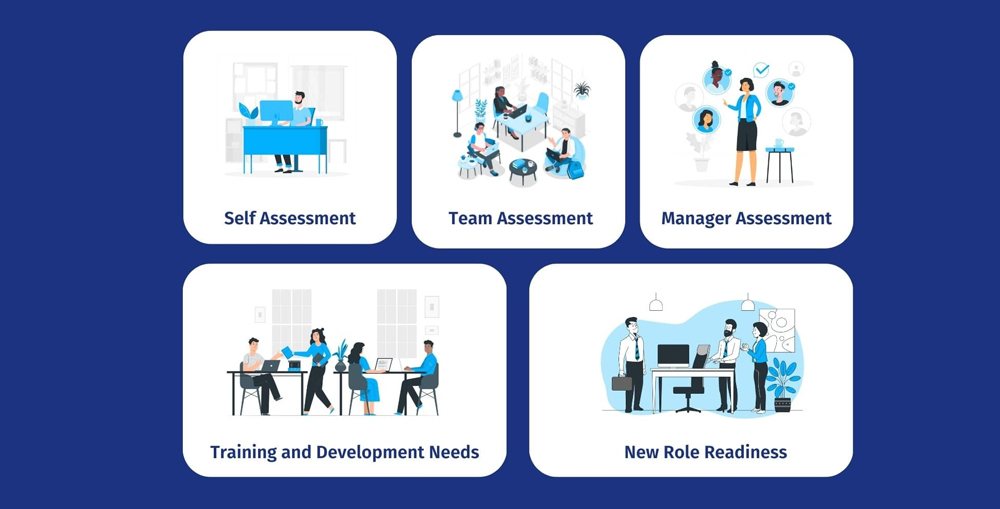With the rise of technology, the customer expectations have increased, the market trends have been changed, and the competition is getting tougher day by day. Businesses need to be very productive in order to be able to survive in the current market landscape of UAE. An effective performance management is the solution to level up your game and out-perform your competition. Businesses operating in Dubai, Sharjah, Abu Dhabi and other parts of the country are well-aware of the competitiveness of the market and the skyrocketed demands of the customers. That is why businesses are continuously seeking ways to optimize their internal processes, operations and workforce. Most of the large businesses, enterprises and organizations are using some kind of performance management process, to monitor and improve their performance. Whereas, small and medium sized businesses usually don’t focus much on this aspect. However, the performance management is equally important and effective for all types and sizes of businesses and organizations.

It is important for a business to understand where they need improvements and how they can leverage the true potential of their workforce to achieve the business goals. For any business employee turnover is a very challenging aspect of HR. Employee retention is connected to employee satisfaction. The employee satisfaction and employee retention is linked to employee engagements. If you are providing a highly engaging environment to your employees where they are given a productive organizational culture, your employee turnover will be less, not only that the employee satisfaction also results in higher customer satisfaction which translates to growth and profitability. When it comes to performance management the employee evaluation and KPIs are they key factors. A good performance management system must provide a comprehensive framework to evaluate employees and monitor their KPIs. In this blog we will discuss how employee evaluation and KPIs can help businesses improve their performance.

What is the difference between a KPI and a metric?
People often confuse a KPI and Metric, however, both are different. A KPI or key performance indicator is a high-level indicator which provide context about the business goal and it tells how these goals are related to different business functions. The metric is a low-level perspective and it is used to track activities and processes of different business functions. For example, a business wants to increase its customer satisfaction by 20%. That would be a KPI. In order to achieve that goal, different business functions such as customer service team, sales team, marketing, management and various other departments will have to improve their performance, each department or business functions’ metrics will be used to measure the impact of their activities and processes on the high-leave business goal. The best metric to measure customer satisfaction is the NPS or net promoter score, businesses can also use other metrics such as customer satisfaction index to understand their progress towards their goal.

How to set KPIs which are aligned with high-level business goals?
The most common mistake businesses made during their performance management campaign is not aligning their KPIs with their high-level business goals. Here are a few key points to consider while creating KPIs:
- Start by setting up or analyzing your business goals, for example, if you want to increase sales, or raise customer satisfaction, etc.
- Define what you will measure, for example, in case of customer satisfaction you can measure customer satisfaction index, and in case of sales you can measure the increase in sales.
- Once you know what you will measure, you have to understand how you can collect that data, for sales, it is easier you can just see how much sales you made, for customer satisfaction you can use NPS or customer happiness gauge, etc.
- In order to measure the performance you must have to be able to communicate and relate the KPI to the employees and managers. Your KPI should be able to engage the employees and it should be able to raise the morale and motivate them to put efforts towards achieving it.
- Adopting SMART framework is a great way to boost employee engagement. The SMART stands for Scalable, Measurable, Attainable, Realistic and Time-bound. Implementing SMART framework and defining the targets or target range is crucial.
- Make an action plan for if the KPI falls outside of the target range, and ensure your action plan is realistic and executable given the circumstances and available tools, workforce or skillsets in hand.
- Reviewing and analyzing the performance data is a continuous task, the KPIs should be monitored regularly and the data should be analyzed properly to extract meaningful insight from it.
- It is important to fine tune your KPIs over the time to ensure your KPIs deliver value to your business and will remain relevant to your business goals, industry benchmarks and competitive landscape.
If you will follow the above steps it would be much easier to set effective KPIs and if you have to redefine them or improve them you can also do easily with the above mentioned steps.

How to collect employee performance data?
When we are measuring something it is usually a number, however, the human performance is not something which can entirely be measured on the bases of hard numbers. Although a good performance management system measures employee performance in quantifiable metrics but this is not as that simple as measuring the weight or height. Here are a few most effective methods of measuring the employee performance:
- Rating Scales: Using the rating scales or graphical rating scales is one of the best way to measure employee performance in different performance areas. The graphical rating scales are usually sequential numbers such as 1 to 10 or 1 to 5. Usually the rating scales are used to measure the behavioral competencies, for technical competencies other tools are used.
- Feedbacks: The feedbacks or 360O Feedback is one of the most commonly used and most effective method to collect employee performance data. The 360O Feedback includes taking feedback from supervisor/manager, peers, customers, suppliers, cross-team management, and any other stakeholder and then it is analyzed for common trends and similarities.
- One-to-One: The one to one meetings are a great way to quickly evaluate the performance and identify the areas of improvement. A good performance management system also facilitate one-on-one meetings and provide intuitive features to document them. The one-on-one meetings and discussions can help bridging the communication gap between the managers and employees which is essential for improving the performance.
- Management by Objectives: The Management by Objectives or MBO is a process where the employees and the managers define the objectives with mutual understanding. Thus the employees have a better understanding of what is to be expected from them and how the success would be measured. This is a great way to increase employee engagement and improve communication between employees and the managers.
- Self-Evaluation: The employee self-evaluation is one of the best way to increase employee engagements and motivation. Often employees are more critical of their performance than the managers are. Which help managers to compare the employee’s self-evaluation with their evaluations. It help finding similarities and provide a better understanding of the employee performance, it also help managers to build good employee development and training programs.
- Check-list Forms: A simple check-list form is a great way to quickly evaluate an employee. It could be used for both behavioral and technical competencies. It will help managers identify the employees with major deficiencies in important performance areas and help them improve training programs and also in forming high-performing teams.
There are several other ways and methods to collect employee performance data, however, the most important thing to understand is that the employee performance management requires continuous monitoring and tracking of the employee performance.

Conclusion
No matter how high-tech or advanced your IT infrastructure, assembly line, production plant or customer service center it, one thing is essential and it is your employees who will be utilizing those technologies and resources to generate value. The value which will help you satisfy and retain your customers and help you build a good brand image. Markets in Dubai, Sharjah, and Abu Dhabi or in any other emirate of the UAE are very competitive, the customers tend to switch very quickly if a business fails to meet their needs or expectations. In such a tough and competitive market landscape it is important to ensure you are utilizing your resources at their full potential whether it is human resource or non-human resource. That is why the performance management system is so crucial for a businesses of all types and sizes. The two core aspects of performance management are employee evaluation and KPIs. In this blog we have discussed what KPIs are and how businesses can utilize them to harvest the highest possible value form their resources. If you want to learn more about the subject or if you want our help to implement a highly cost-effective and tailor-made performance management system for your business, please feel free to contact us through our Contact Us page or leave a comment in the comment box below and we will get in touch with you soon.